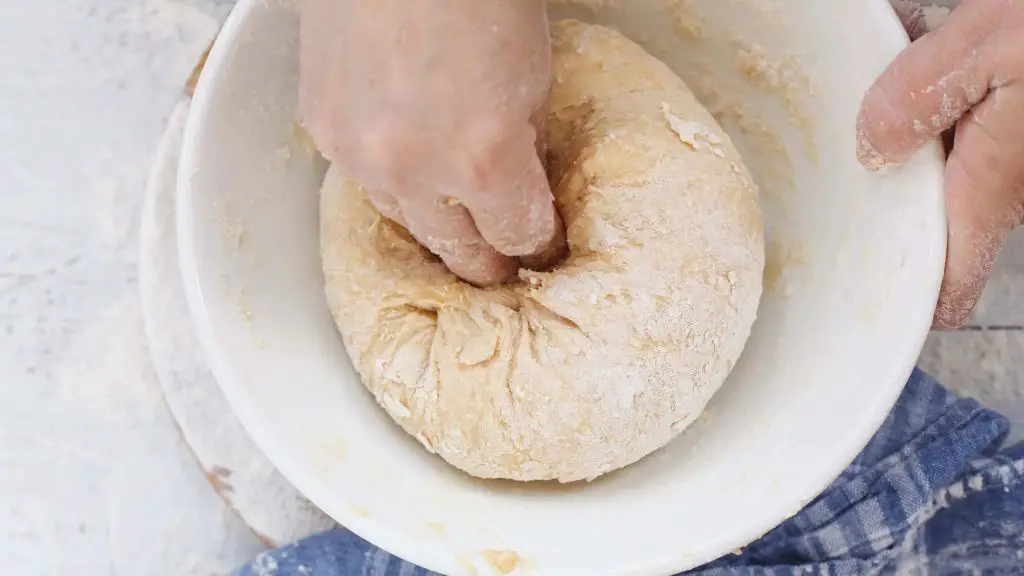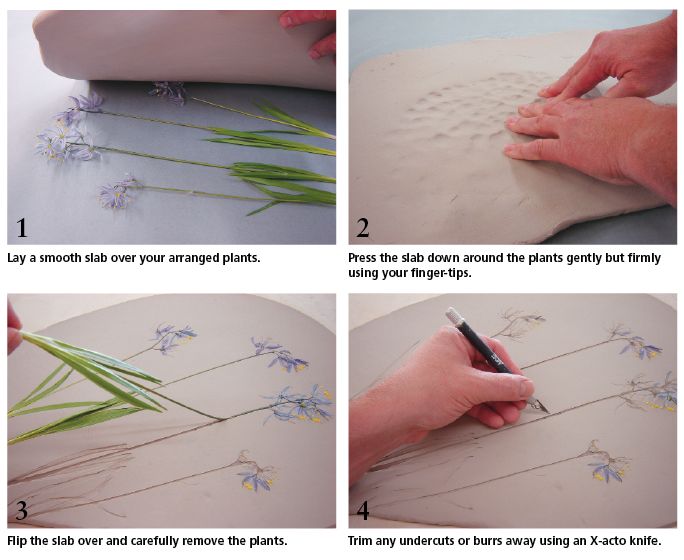What Is The Pinch And Twist Method?
What is the Pinch and Twist Method?
The pinch and twist method refers to gently grasping and rotating the skin of the scrotum as a way to alleviate discomfort or itchiness. It involves pinching the scrotal skin between two fingers and lightly twisting it. This can provide temporary relief from irritation or pain in the genital region.
The origins of the pinch and twist method are unclear, but it likely developed as a natural response to discomfort in a sensitive bodily area. Twisting or manipulating the scrotal skin can stimulate nerves and increase blood flow, which may relieve sensations like itching. The method provides a mild tactile distraction without causing additional irritation.
In general, the pinch and twist technique simply involves gently pinching the loose skin of the scrotum with two fingers, then lightly rotating those fingers back and forth. The degree of pressure and twisting varies based on personal preference and comfort level. Most perform a delicate pinch and subtle twist to lightly stretch and stimulate the skin for relief. It is often done discreetly and briefly as a temporary solution for minor irritation.
When to Use the Pinch and Twist Method
The pinch and twist method is an effective technique for shaping certain types of cookies and pastries, especially when working with soft and pliable doughs. Here are the best uses for this shaping method:
Sugar cookies – The pinch and twist works beautifully to form classic sugar cookie shapes like rounds, squares, and rectangles. It allows you to easily pinch off sections of dough and create clean edges and points. The soft dough takes the impression well without resisting.
Refrigerator cookie doughs – Slice and bake cookie doughs tend to be very soft and malleable when chilled, making them perfect candidates for the pinch and twist technique. It’s easy to shape chilled doughs into logs or custom shapes before slicing.
Yeast doughs – Enriched and laminated yeast doughs like brioche and croissants that are high in butter and eggs respond well to pinching and twisting when shaped. The dough is soft and can be twisted into crescents, knots, and rings.
Tart shells – The pinch and twist action helps create fluted edges and decorative patterns when shaping tart dough. From mini tartlets to full-size galettes, use your fingers to pinch up the sides into desired forms.
Based on this King Arthur article, doughs that are soft, relaxed, and have enough gluten development work best with the pinch and twist technique. Stiff, dry doughs that crumble and crack will not hold the shapes created by pinching. For best results, use freshly made dough or properly rested and chilled dough. Letting the dough relax makes it easier to handle.
Step-by-Step Instructions
The pinch and twist method is a technique for gently scratching or massaging an itch in the genital region. Here is a step-by-step guide on how to properly execute the pinch and twist method:
1. Locate the area requiring relief. This is often the scrotum or testicular region for males.
2. Using the thumb and index or forefinger, gently pinch the skin surrounding the itchy area. Apply light pressure so you have a grasp of the skin without causing any pain or discomfort.
3. Keeping the skin pinched between your fingers, slowly twist the skin back and forth or around in a circular motion. Make sure not to over-twist or apply too much pressure.
4. Continue lightly pinching and twisting the skin for 10-30 seconds until the itch is relieved. Take care not to cause any pain or damage the sensitive skin.
5. Release the pinched skin and lightly massage the area if needed to soothe any remaining irritation.
Tips for effectively using the pinch and twist technique:
– Keep fingernails short to avoid scratching or damaging the skin.[1]
– Use a light touch and twist gently – never vigorously twist or tug the skin.
– Target small areas of skin specifically around the itch to avoid generalized discomfort.
– Adjust pressure and twisting motion based on comfort level.
– Alternate fingers if one area of skin becomes irritated.
– Follow up by gently massaging the skin if any lingering irritation remains.
Shaping Cookies and Pastries

The pinch and twist method allows you to easily shape cookies and pastries into various creative forms. Here are some ideas for shapes you can make:
Basic Shapes
The most common shapes are simple circles, squares, rectangles, and triangles. To make a circle, roll a small piece of dough between your palms. For a square or rectangle, flatten the dough into the desired shape. To make triangles, cut squares diagonally.
Twists and Braids
For twists, roll dough into a rope and twist it. Pinch the ends together to seal. For braided shapes, roll ropes and braid them together, pinching the ends.:max_bytes(150000):strip_icc():format(webp)/524048-cinnamon-sugar-pinwheels-KarinPerry-1x1-1-c7422a494acd408c8767cc719553da6f.jpg)
Hearts and Flowers
For hearts, shape the dough into a ball then pinch one side. Add a pinch in the center for a crease. For flowers, roll out dough and cut into flower shapes with a cookie cutter or knife. Pinch the petals for dimension.
Animals
Use your imagination to shape animal forms like bunnies, elephants, puppy dogs, cats, bears, and more. Pinch dough to make ears, tails, trunks, etc. Add chocolate chips or raisins for eyes and noses.
The pinch and twist method allows for limitless creativity. Let your imagination run wild to make fun shapes kids and adults will love!
Troubleshooting Common Issues
The pinch and twist method allows for great control in shaping dough, but some common issues can arise:
- Preventing dough from sticking to hands – Lightly flour hands and work surface as needed. Don’t over-knead dough, which can cause excessive stickiness.
- Achieving uniform sizes – Practice consistent pinching and twisting. Use a ruler as guide until you can eyeball sizes.
- Fixing imperfections – Gently pinch and smooth to blend seams and patches. Imperfections will become less noticeable during proofing and baking.
With practice and patience, these minor issues can be avoided. Refer to this Reddit thread for more pinch and twist troubleshooting tips.
Recipe Ideas
The pinch and twist method works great for shaping all kinds of cookies and pastries. Some examples of recipes that are perfect candidates for this technique include:
Sugar cookies – The pinch and twist gives sugar cookies a fun shape with a soft interior wrapped in a delicately crunchy exterior. Try this recipe for Spiral Twist Sugar Cookies.
Cinnamon rolls – Shaping cinnamon roll dough into twists gives them a beautiful presentation. The rolls stay soft and pillowy inside. Get the recipe for Cinnamon Twist Rolls.
Pretzels – For a savory twist, shape soft pretzel dough into knots before baking. The distinctive shape is perfect for holding salty toppings. Try this Simple Soft Pretzel Knots recipe.
The pinch and twist technique allows homemade cookies and pastries to take on whimsical shapes with wonderful textures. It’s easy to make your favorite doughs stand out from the crowd.
Decorating Pinch and Twist Baked Goods
The pinch and twist method produces baked goods with ridges, twists, and other interesting shapes perfect for decorating. Get creative with icings, glazes, sprinkles, and other decorations to make your pinch and twist cookies, pastries, and other baked goods stand out.
Royal icing and buttercream frosting are classic decorating options that pair beautifully with pinch and twist sugar cookies. Tint your icing to any color and pipe designs, borders, and flooded patterns over the cookies. Let the icing harden before stacking or storing the cookies. For inspiration, see Claire Saffitz’s tutorial on sugar cookies.
Glazes made with powdered sugar, milk, and flavorings like vanilla, almond, or lemon add flavor and sheen. Drizzle glazes over pinch and twist pastries like cinnamon rolls before serving. For coffee cakes and buns, pour a flavored glaze into the ridges and twists before baking so it hardens into a lovely swirled pattern.
Sprinkle coarse sugar, rainbow sprinkles, crushed nuts, coconut flakes, or edible glitter over unbaked pinch and twist dough or just after baking when glazes are still tacky. The ridges and shape contrast beautifully with the sparkling decorations.
Get creative with stacking, alternating directions, slicing, braiding, and shaping the dough during the pinch and twist process to make decorative patterns beyond basic twists. Brush pinch and twist buns with egg wash right before baking for an irresistible sheen.
Storing and Serving Pinch and Twist Pastries
Pinch and twist pastries are best when freshly baked and served warm from the oven, but they can be stored properly to maintain freshness and crispness for a few days.
To store pinch and twist pastries, allow them to completely cool after baking, then place in an airtight container. The container should be stored at room temperature for up to 3 days. Avoid refrigerating as it can make the pastries soggy. For longer storage of up to 1 week, freeze the fully cooled pinch and twist pastries in an airtight container. When ready to serve, defrost fully at room temperature and then warm or crisp briefly in the oven before serving (Source).
For plating and serving pinch and twist pastries, arrange them neatly on a platter, cake stand or individual plates. Consider garnishing with fresh fruit, icing or glaze for extra flair. Serve pinch and twist pastries warm or at room temperature with coffee or tea. The twisted shape makes them perfect finger foods. They also pair well with soups, salads or light entrees for a unique bread offering.
Advantages Over Other Shaping Methods
The pinch and twist method offers several advantages over other common cookie shaping techniques like roll and cut:
It creates a unique twisted shape and intricate pattern on the cookies that you can’t achieve with a simple cut out. According to Reddit users, the pinch and twist technique is best for softer doughs that may not hold their shape well if cut out and transferred to a baking sheet (source). The twists and pinches add an interesting texture and rustic charm.
Since you don’t need cookie cutters, it can save you time and allow you to shape creative designs freehand. Pinching also seals the seams of the dough, helping the cookies hold together and retain their shape in the oven.
Compared to slice-and-bake recipes, pinch and twist yields a unique look for each cookie instead of uniform shapes. It gives you more flexibility to shape and customize as you go.
The hands-on process of pinching and twisting each cookie one-by-one makes it fun for kids. It’s a simple way to get children involved in baking.
History and Origins
The pinch and twist method is one of the oldest and simplest techniques for shaping clay, dough, and other malleable materials by hand. Archaeological evidence shows that prehistoric cultures were creating hand-built pottery using pinching and twisting methods as early as 25,000 BC.
The earliest known examples of pinch-formed pottery come from Japan’s Jomon culture dating back to around 14,000 BC 1. This technique was also widely used by Native American cultures for making clay cookware and vessels. Tribes including the Iroquois molded pots, jars, plates, figurines, and pipes by pinching and shaping balls of clay
When it comes to baking and pastries, pinching and twisting became a simple way to manually shape doughs and batters into different forms. Before commercial cake mixes and cookie cutters, bakers would use their hands to twist soft dough into spirals, braids, rings, and other creative shapes.
While rolling pins, molds, and cutters grew in popularity for some tasks, the classic pinch and twist remains a versatile, easy shaping technique passed down through generations of bakers and cooks to create hand-formed looks.


